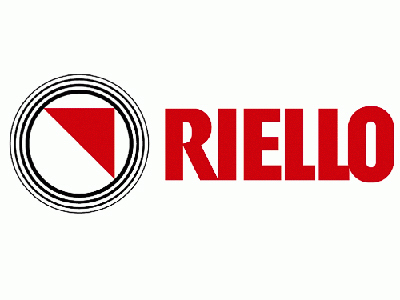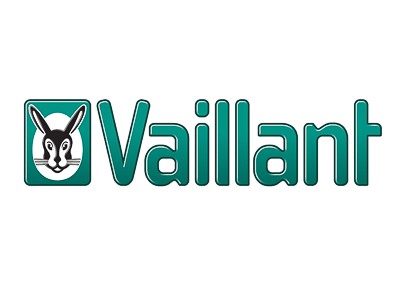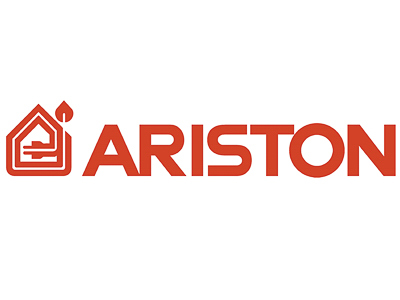Restore your Heating System in Vicenza with Listrani Ristrutturazioni!
Your New Heating System in Vicenza
When restoring your house it is important to take into account the restoration of the heating system, too. Is it still up to date with the latest legislations? Are the pipes still in good conditions? Is the boiler still as by law? Even if one of the answers to these questions is negative, it is up time to consider the restoration of the heating system; it would be much worse to realize that some of the pipes leak once having finished the whole restoration of the house and having to start dismantling all over again!
Listrani Srl is is a cutting edge firm on the fields of eco-friendly and accurate restorations, and will be able to restore your heating system perfectly and in a little time. These will be the phases of the restoration of the heating system:
First of all, the old heating system – usually made of lead or iron – will be dismantled.
New pipes will be positioned; they will be made of galvanized iron, copper, polyethylene or multi-layer, all certified.
New closing valves, manual or electric, will be positioned and connected to alarm sensors that will warn you if a gas leakage occurs.
We will then plug the new gas pipes to the burners, boilers, gas dryers and to all of the other household electrical appliances that need it.
The fastening will be realized by authorized technicians following the latest legislations in the field of security.
Don’t wait until it’s too late: call Listrani Srl to restore the heating system of your home in Vicenza!
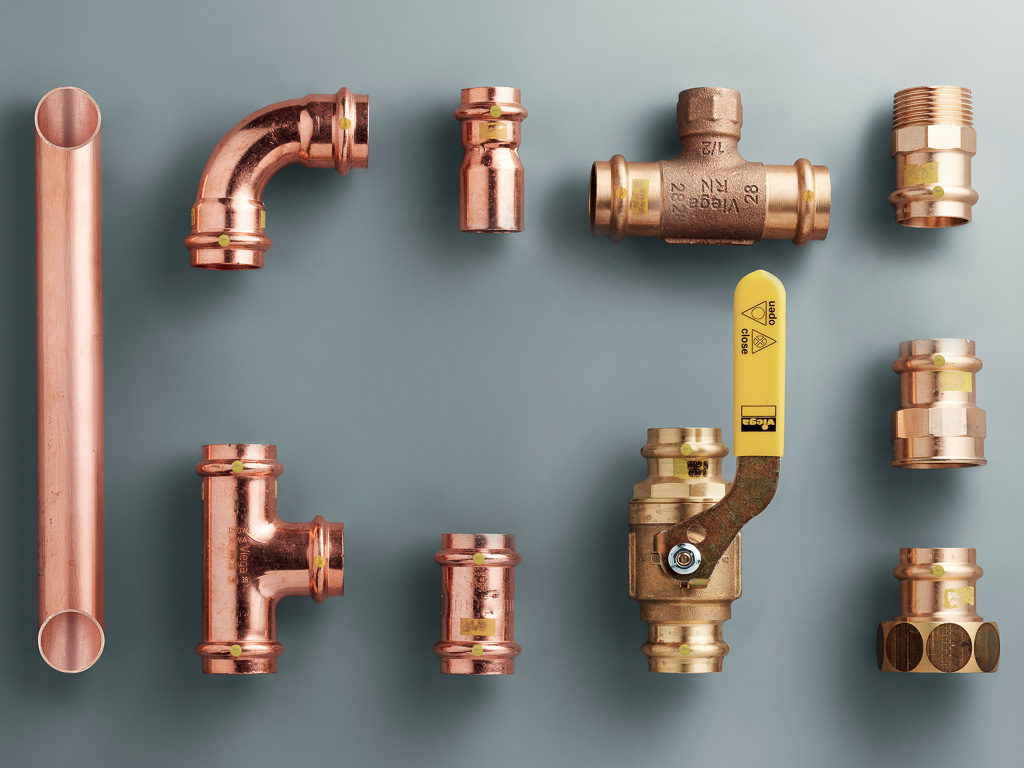
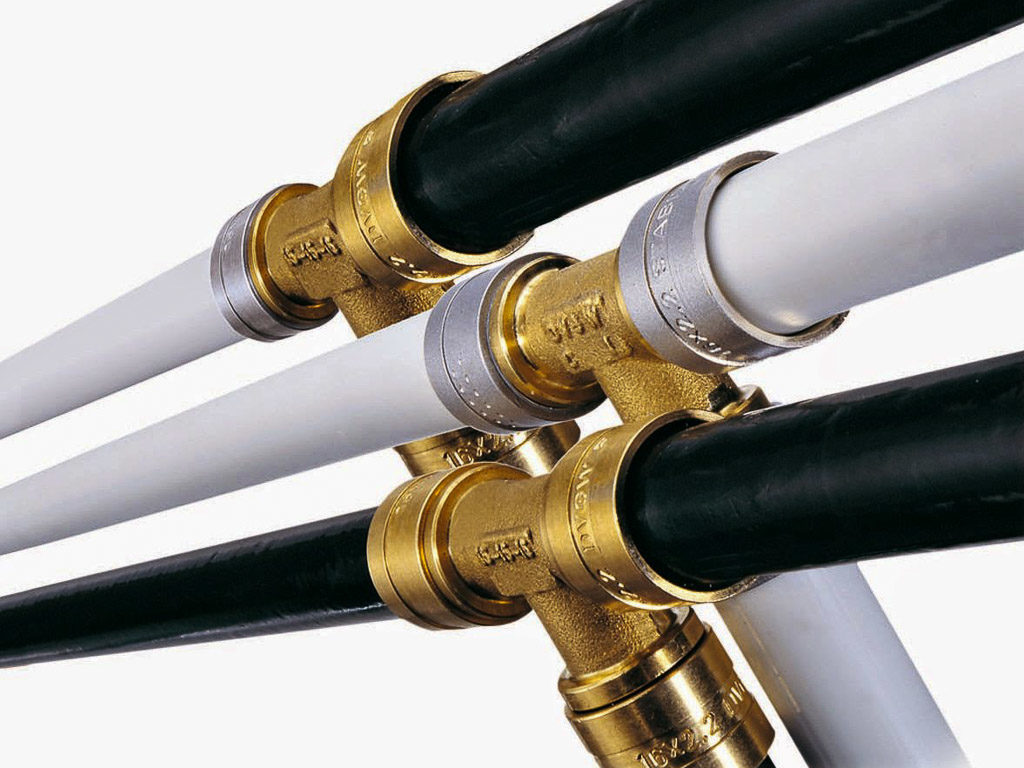
How does the home heating system work?
By “home heating system” we mean an installation made of different components. The main ones are the internal system, the connections, the set ups, the restitution point, the starting point, the gas tubes, the sheaths, the interception devices, the pressure valves. The internal system is the sum of the tubes that reach the various gas devices, whose power shall not exceed 35 kW per device. The connections to the gas devices can be made of different materials; usually the tubes that connect to the hobs are made of flexible steel, while the ones connecting to the boilers are rigid. The gas tubes can be made of copper, steel, polythene or multi-layer; each material will be set down in a different way. Naturally, together with the tubes there must be incombustible sheaths both for the inner and the outer part of the house, the transition joints and the dielectric joints.
When having a heating installation longer than 25 meters, interception devices or automatic closures are necessary. The pressure valve and the ruler at the beginning of the installation allow verifying and ruling the pressure of gas in the tubes. In Italy, two kinds of gas are distributed. Both of them are nontoxic: the natural gas, known as methane, which comes to our houses via the distribution networks, and the LP Gas (liquefied petroleum gas) that is sold in small tanks. Each gas device must work with the kind of gas available in the location where it is installed; in case of adaptation to the other gas, this operation must be done by a qualified technician, and all of the devices must have the “CE” mark to be as by law enacted.
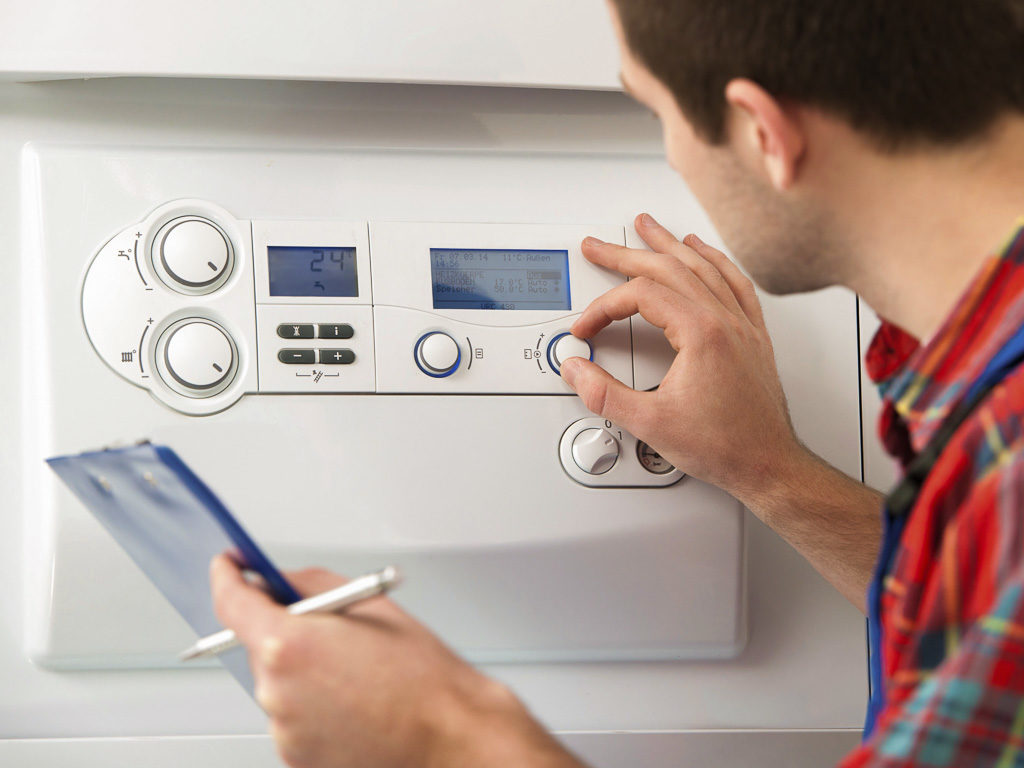
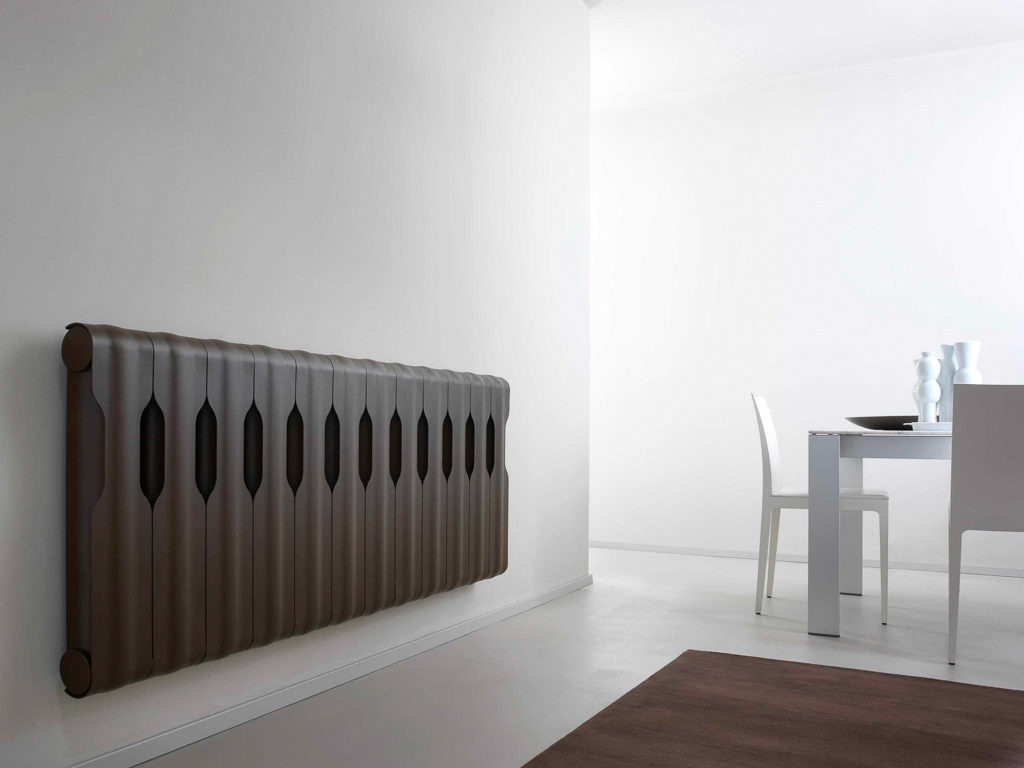
Essential requirements for security
To be as by law enacted, and therefore for the house to be inhabitable, the gas system must have some essential requirements. Here they are.
Ventilation: the places where the devices are installed must be adequately aired.
Airing: the rooms in which the burning products devices are installed must be enough aerated to allow the air exchange.
Evacuation of the burning products: the devices must evacuate their smoke out of the rooms, through efficient draining systems (chimneys, vents, etc.)
Flame Monitoring Systems: all the devices, except the hobs, must have a flame monitoring system to avoid gas leakage in case of switching off.
Gas-tightness: the flammable gas adduction system must be made of steel or copper. If it is made of rubber, it must be replaced every five years, within the date printed on the tube itself.
Gas detectors: they are not mandatory, but can be very helpful in the home security. They advise you in case of gas loss with a visual or acoustic alarm.
Kinds of Gas Boilers
A-Type: Unlimited heating load
It works drawing the air for burning and throwing it out in the room where it is installed. For security reasons, this boiler cannot be positioned in a bedroom or a bathroom, and cannot be smaller than 12 cubic meters. It requires two openings to the outside at least 100 sq.cm. large.
B-Type: Open Combustion Chamber
It’s the most common boiler; it draws the air from the room but expels the smoke outside. As for the A-Type, it cannot be installed in a bedroom or bathroom. It requires that the room is always aired through holes that must be 6 sq.cm. large for each kW. Minimum measure: 100 sq.cm.
C-Type, Airtight Device
It draws air from outside and throws it back outside, without having contacts with the air of the room. It does not require permanent ventilation holes.
Condensation Boiler
Rarely used at homes, it retrieves the water vapors from the smokes, saving a lot of money in fuel. It requires the room to be always aired through holes that must be 6 sq.cm. large for each kW. Minimum measure: 100 sq.cm.
The boilers must be controlled each year, possibly before the beginning of the heating season. The correct handling of boilers allows you to have a safe device, to save on fuel and to reduce the polluting emissions. Each work on gas implants must be done by certified technicians.
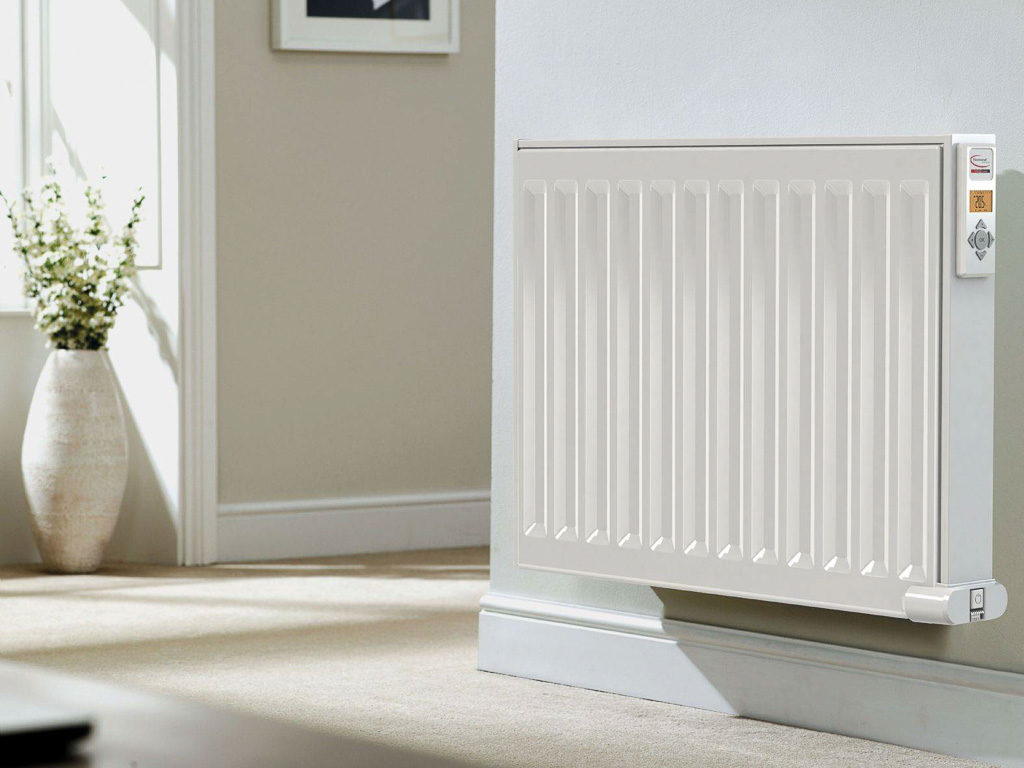
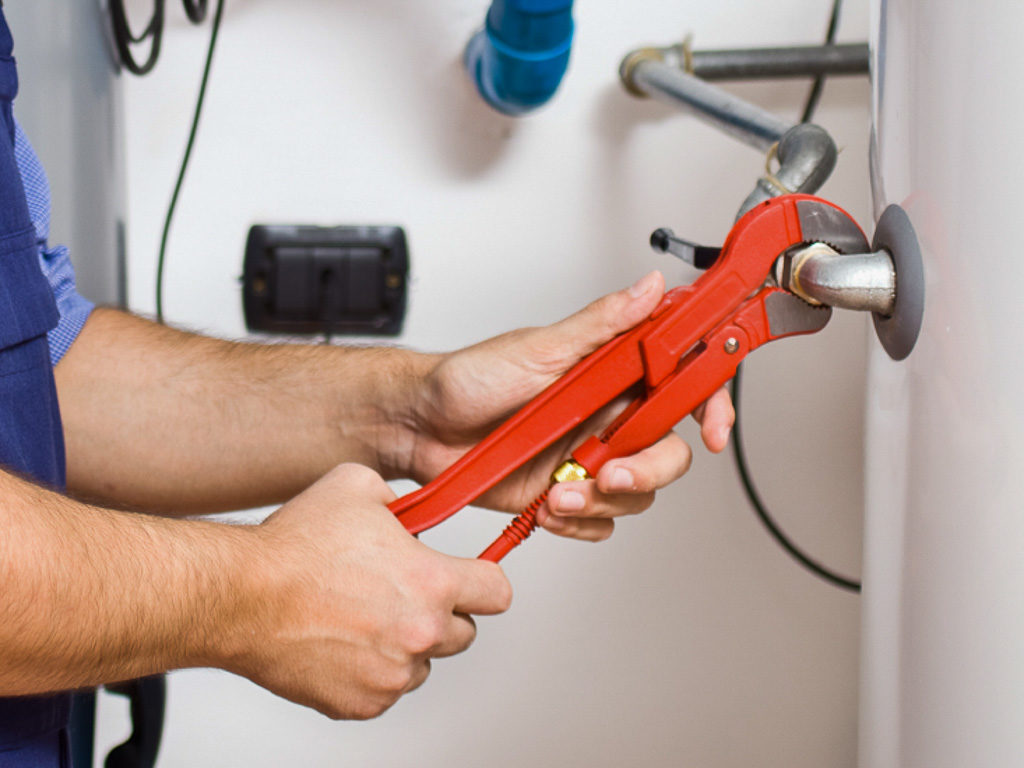
Our Brands
